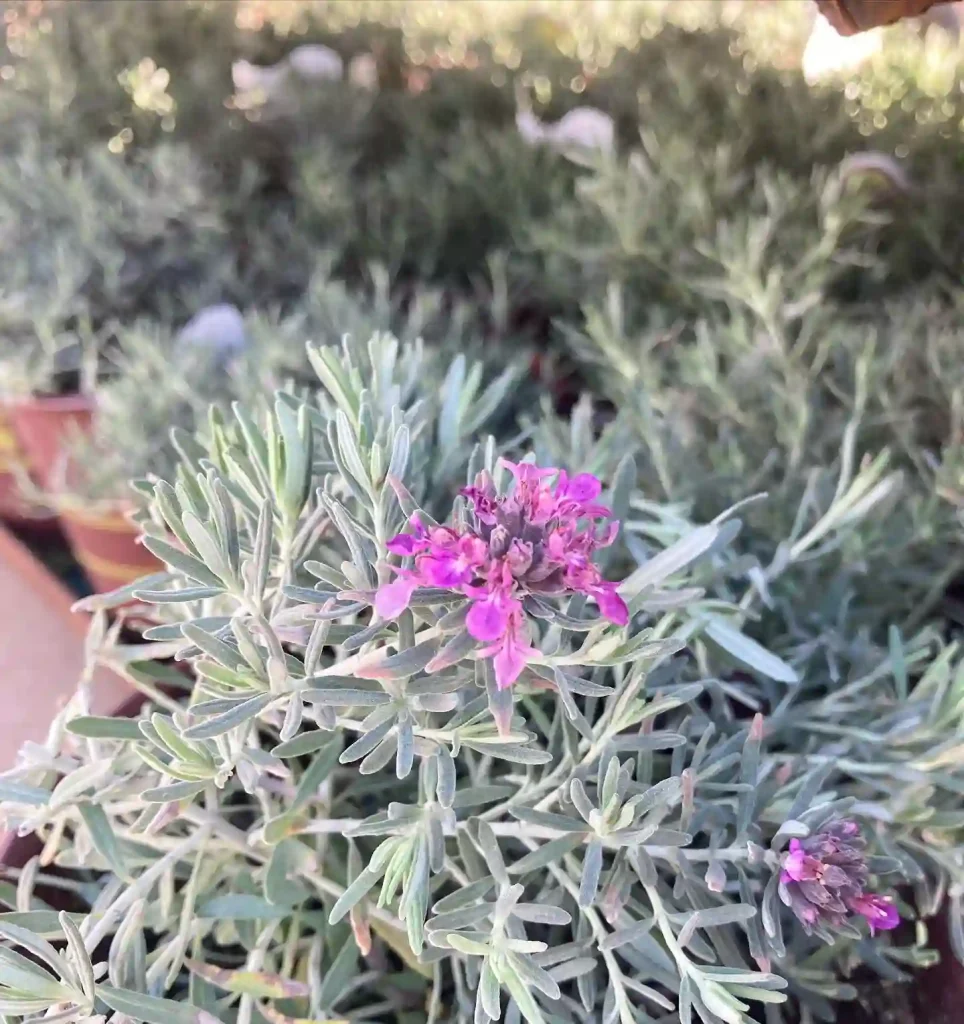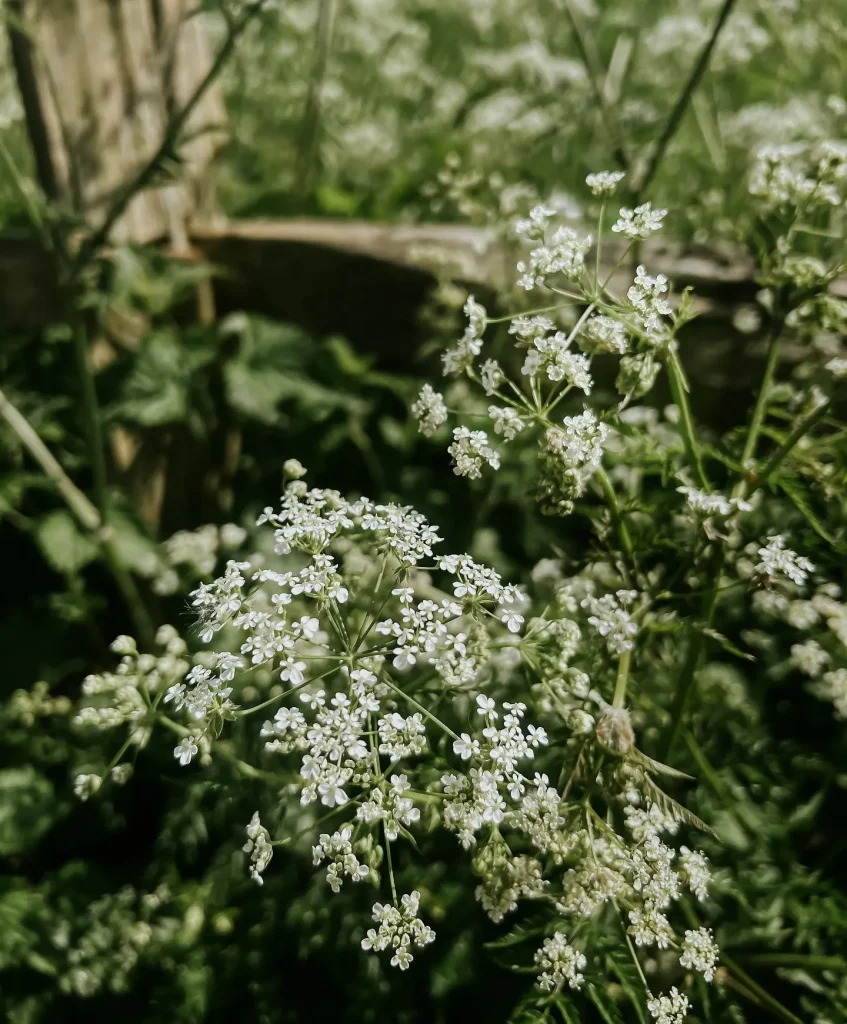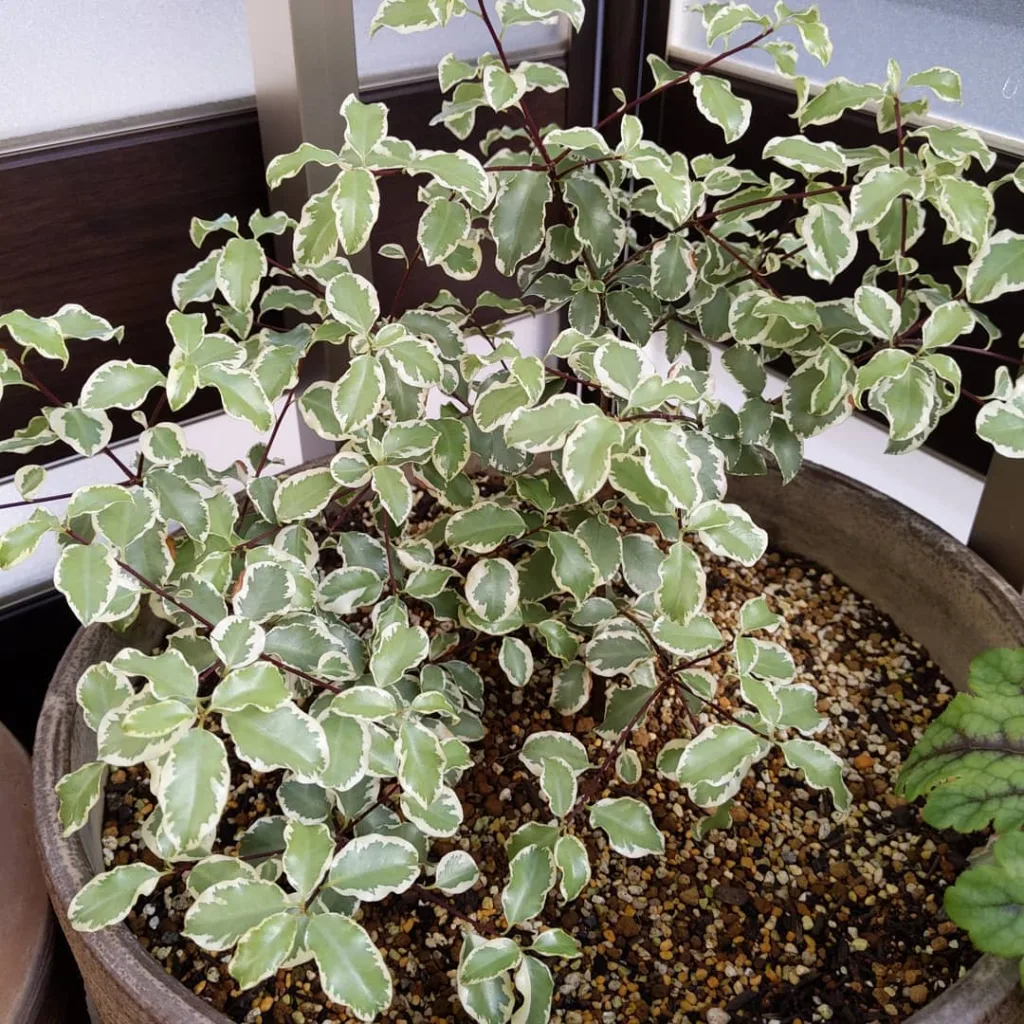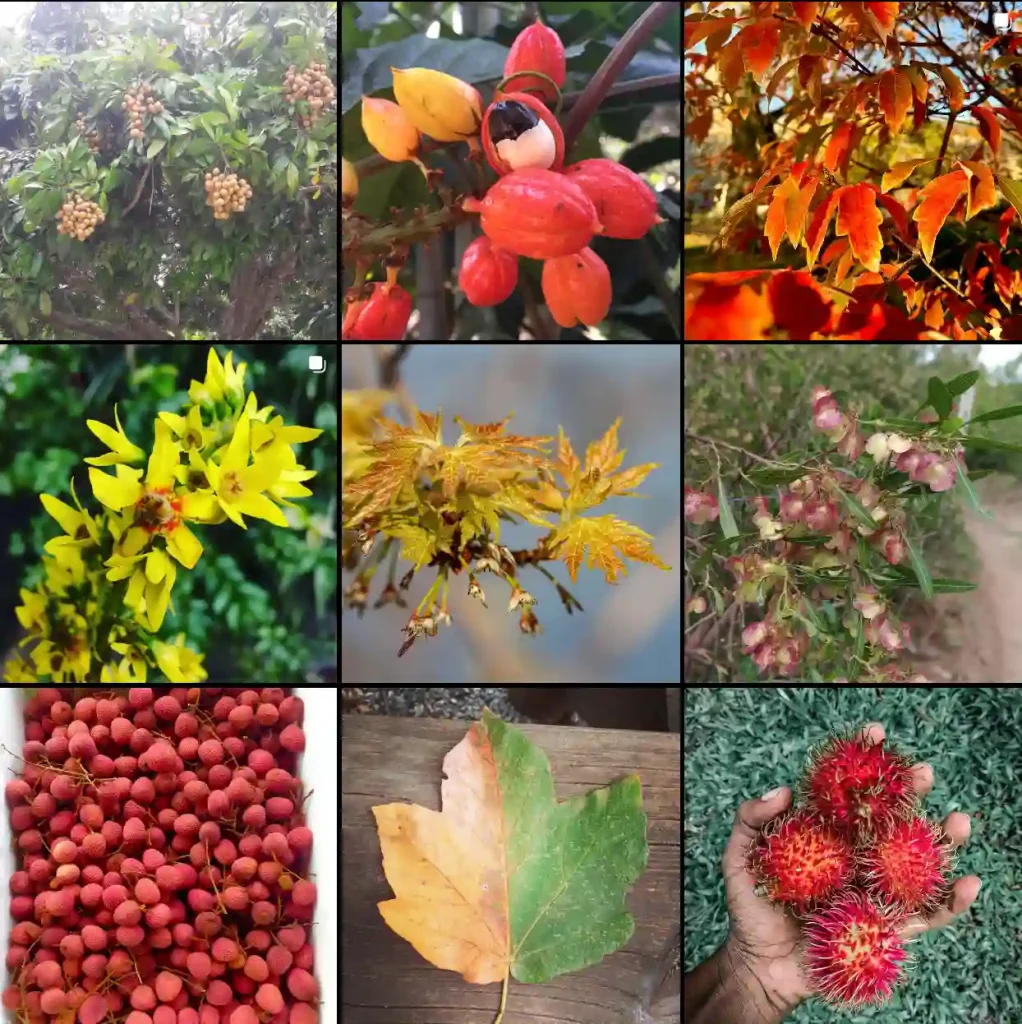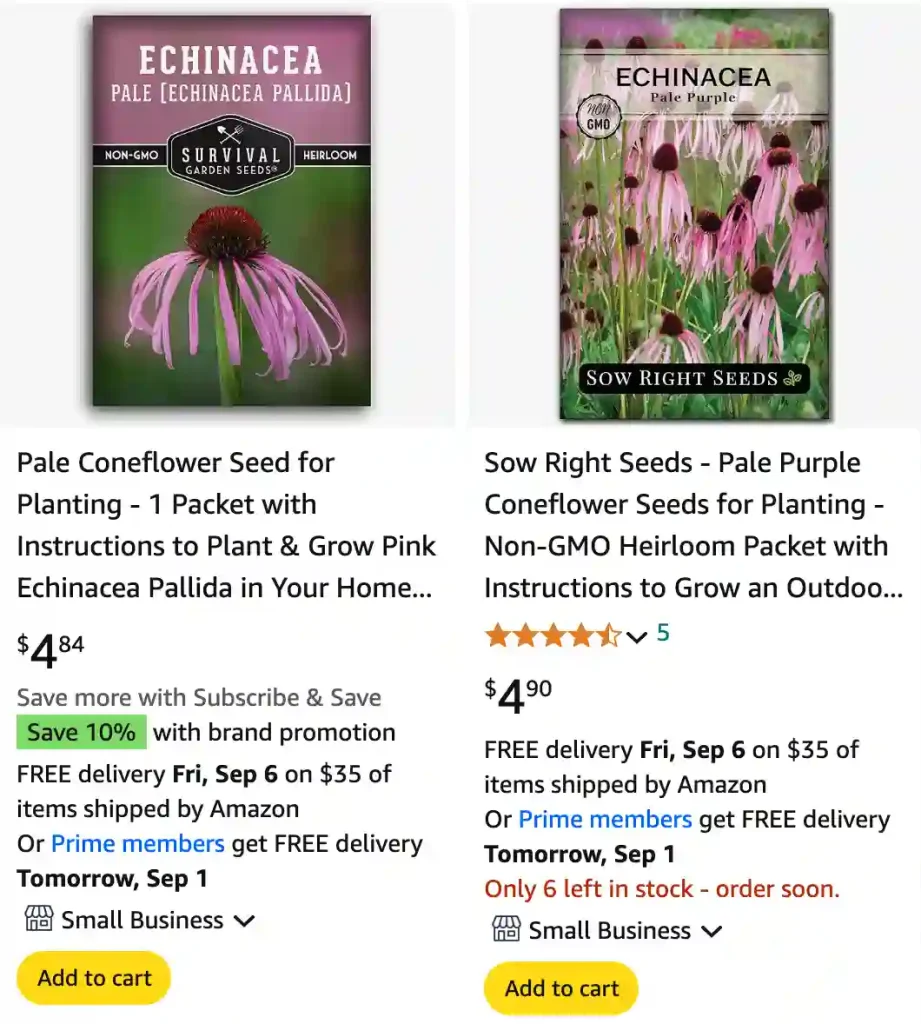
Echinacea Pallida: FAQs and Insights
As a plant enthusiast, I often find myself diving deep into the nuances of different species. One plant that has caught my attention is Echinacea Pallida. This charming coneflower, with its unique appearance and hardy nature, raises several questions for those interested in growing it. Here’s a detailed look at the most frequently asked questions about Echinacea Pallida.
9 Species in Genus Echinacea
How to Grow Echinacea Pallida?
Growing Echinacea Pallida, commonly known as Pale Purple Coneflower, is a rewarding experience for any gardener. This perennial thrives in well-drained soil and full sun, making it perfect for bright, sunny spots in your garden. The soil should be moderately fertile; however, Echinacea Pallida is quite adaptable and can tolerate poor soil conditions.
Start by planting seeds or young plants in early spring or fall. Space them about 12 to 18 inches apart to give them room to grow and spread. They are relatively low-maintenance, but watering them regularly, especially during dry periods, will ensure a healthy growth. Adding a layer of mulch can help retain moisture and keep weeds at bay.
What Do Echinacea Pallida Seedlings Look Like?
Echinacea Pallida seedlings start as small, rosette-shaped clusters of leaves. The leaves are lance-shaped and can have a slightly fuzzy texture. As they grow, they develop a more robust, upright form with slender, green stems that will eventually bear the distinctive pale purple flowers. These seedlings are generally easy to spot because of their unique leaf shape and growth pattern.
How to Care for Echinacea Pallida?
Caring for Echinacea Pallida is relatively straightforward. Once established, these plants are drought-tolerant and require minimal watering. They do best with occasional watering during prolonged dry spells. Fertilizing once in the spring with a balanced fertilizer can help support vigorous growth and blooming.
Deadheading spent flowers can encourage more blooms and prolong the flowering period. In late fall or early spring, cut back the old stems to the ground to make way for new growth. This plant is fairly resilient, but be sure to keep an eye out for common pests like aphids or fungal issues, which can be managed with organic treatments if necessary.
How to Propagate Echinacea Pallida?
Propagation of Echinacea Pallida can be done through seeds or by dividing established plants. Seeds can be sown directly into the garden or started indoors. If starting indoors, use a seed-starting mix and maintain consistent moisture until germination.
Dividing established plants is another effective method. In early spring or fall, dig up the clump and separate it into smaller sections, each with roots attached. Replant these sections in well-prepared soil. This method not only propagates new plants but also helps rejuvenate older ones.
Echinacea Pallida vs. Purpurea
Echinacea Pallida and Echinacea Purpurea, while both part of the Echinacea genus, have distinct differences. Echinacea Pallida features pale purple flowers with slender petals that droop, giving it a more delicate appearance. In contrast, Echinacea Purpurea has a more robust look with broad, overlapping petals that stand upright.
Additionally, Echinacea Pallida typically has narrower leaves and a more open growth habit, whereas Echinacea Purpurea is known for its broader leaves and denser flower clusters. Both are excellent for attracting pollinators and can be used in similar garden settings, but their differing aesthetics can complement each other beautifully in a garden bed.
Echinacea Pallida vs. Echinacea Angustifolia
Comparing Echinacea Pallida to Echinacea Angustifolia reveals more contrasts. Echinacea Angustifolia, also known as Narrow-Leaved Coneflower, has more slender, narrow leaves and a more compact form compared to the broader leaves and open habit of Echinacea Pallida. The flowers of Echinacea Angustifolia are also generally more erect with a slightly different coloration, often ranging from pale pink to lavender.
Both varieties are used for their medicinal properties, but Echinacea Angustifolia is often noted for its traditional use in herbal remedies. Echinacea Pallida, with its unique flower shape and hardiness, is more commonly appreciated for its ornamental value in gardens.
Can You Grow Echinacea Pallida Indoors?
Echinacea Pallida is primarily suited for outdoor gardens, where it thrives in full sun and open spaces. Growing it indoors is challenging due to its need for ample light and space. If you are keen on trying, you would need a very sunny spot and a large pot. However, it is generally recommended to grow Echinacea Pallida outdoors for the best results.
Is Echinacea Pallida Toxic?
Echinacea Pallida is not considered toxic. It is safe to grow around pets and children. In fact, it has been used traditionally for its medicinal properties. However, like any plant, it’s best to keep it out of reach of small children to avoid any potential ingestion of large quantities, which might cause digestive discomfort.
Benefits of Echinacea Pallida
Besides its ornamental appeal, Echinacea Pallida offers several benefits. It is known for its immune-boosting properties and has been used in herbal medicine for centuries. The plant also attracts beneficial insects like bees and butterflies, making it a great addition to a wildlife-friendly garden. Its drought tolerance and low maintenance requirements make it a practical choice for gardeners looking for a hardy, beautiful perennial.
In summary, Echinacea Pallida is a versatile and attractive plant that offers a unique look compared to its relatives. Whether you’re interested in its medicinal properties, its role in pollinator gardens, or just its beauty, Echinacea Pallida is a worthy addition to any garden.
If i die, water my plants!
